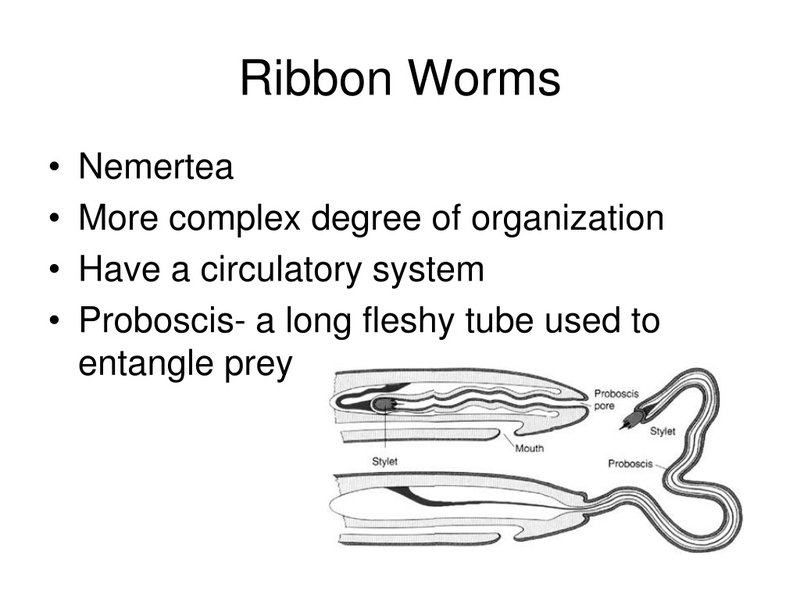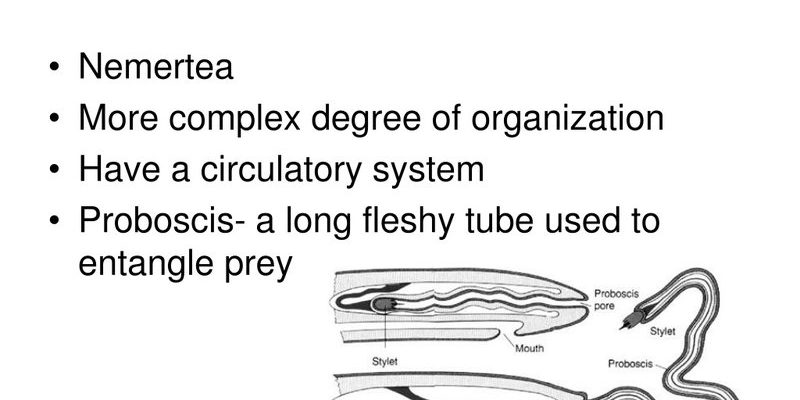
Imagine you’re in a sticky situation, and instead of running away, you cover yourself in a slippery film that helps you slip away unnoticed. Sounds like a plot twist in a superhero movie, right? That’s kind of what the ribbon worm does. Let’s dive into how exactly these incredible creatures use mucus to thrive in their underwater world.
Understanding Ribbon Worms
Ribbon worms are part of the phylum Nemertea, and they can be found in various marine environments, from shallow tidal pools to the deep sea. Their long, slender bodies can stretch up to 30 meters long in some species! Most of them are benthic, meaning they prefer to live on the ocean floor, which is where their unique adaptations come into play.
These worms have a unique structure called a **proboscis**, which is like a specialized tongue that can be extended to grab prey. This is a key part of their feeding strategy, and it works in concert with their mucus. Picture it as a fishing line that’s both flexible and sticky—perfect for snatching up tiny crustaceans or worms.
You might be wondering how they move through the water. Ribbon worms rely on their body’s smooth, slippery surface to glide through their environment. Their mucus plays a massive role in this. Without it, they wouldn’t be able to travel as efficiently or evade predators as easily.
How Mucus Aids in Movement
Mucus is essential for ribbon worms’ movement. When they glide over surfaces, this slimy substance reduces friction. Imagine trying to slide on a rough carpet; it would be tough, right? Now, think about how easy it would be to slide on ice. That’s what mucus does for these worms—it creates a slick surface that allows them to move effortlessly.
The worms secrete mucus from glands in their skin. This mucus can also serve as a lubricant during burrowing into the sandy or muddy substrates where they often hide. When they want to get into a tight spot, the mucus helps them squeeze through the smallest openings. It’s like having a built-in personal lubricant!
What’s even more impressive is that some ribbon worms can control the viscosity of their mucus. When they need to move quickly, they can produce thinner mucus, allowing for faster travel. When it’s time to hide, they can make it thicker to slow down and blend in. Nature sure knows how to be resourceful!
Mucus for Defense Mechanisms
Defense is another area where ribbon worms shine, thanks to their trusty mucus. When faced with a predator, they can release a copious amount of mucus, creating a slippery escape route. This quick-thinking strategy is essential for survival, especially considering some predators might think of them as a tasty snack.
But it gets even more interesting. The mucus can also be toxic. Some species of ribbon worms produce a chemical in their mucus that can cause discomfort or even harm to would-be attackers. It’s like a defense mechanism that says, “Hey, back off! I might not look like much, but I can bite back!”
Additionally, this mucus can entangle or confuse predators, giving the worm a chance to dart away. Just like throwing sand in someone’s eyes to escape—messy but effective!
Using Mucus in Feeding
Feeding is yet another clever use of mucus in ribbon worms’ lives. When they extend their proboscis to capture prey, they coat it with mucus. This not only helps the proboscis grip the prey but also aids in drawing it into their mouth.
Think of it like using a sticky finger to grab the last cookie from a plate. The stickiness helps keep the cookie in place while you pull it towards you. Similarly, the worm’s mucus ensures that whatever it catches stays caught.
In addition, for some species, the mucus may contain enzymes that begin breaking down the prey before it even reaches the worm’s stomach. It’s a head start on digestion that makes feeding more efficient. Talk about multitasking!
The Role of Mucus in Habitat Adaptations
The habitat in which ribbon worms live greatly influences the type of mucus they produce. For instance, those in soft substrates need different properties than those in rocky areas. In muddy environments, mucus can help anchor the worm in place, preventing it from being washed away by currents.
Moreover, in marine environments with lots of particulate matter, the mucus can trap sediments as the worm moves. This provides added camouflage and makes it harder for predators to spot them. Think of it as a built-in disguise that lets them blend in with their surroundings.
Some species even adapt their mucus to help with buoyancy, allowing them to float in the water column instead of sinking. This flexibility is a fantastic advantage that lets them exploit different ecological niches.
The Future of Ribbon Worm Research
Research into ribbon worms and their mucus is still relatively new. Scientists are discovering that the properties of their mucus could inspire new materials in medicine, such as treatments for wounds or even the development of sticky surgical adhesives. It’s fascinating to think that something so simple could have broad implications in science and technology!
So far, researchers have only scratched the surface when it comes to understanding the full range of functions that mucus serves. As they keep studying these creatures and their unique adaptations, we might find even more surprising uses for mucus in various fields.
If you’re interested in marine biology or simply love the wonders of nature, keeping an eye on ribbon worm research might just blow your mind. Who knows what secrets they still hold?
Final Thoughts
Ribbon worms are incredible examples of how **mucus** can serve multiple functions in the wild—defense, movement, feeding, and even adaptation. They remind us that even the simplest creatures have complex lives and ingenious ways to survive. The next time you think about worms, remember these slippery little guys and their skills.
So, the next time you’re at the beach or exploring tide pools, take a moment to appreciate the hidden world of ribbon worms. They’re out there, using their mucus in ways that are as fascinating as they are essential. Nature really is full of surprises!

